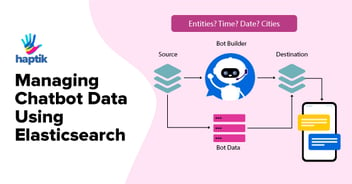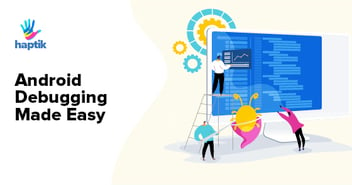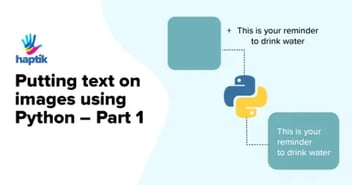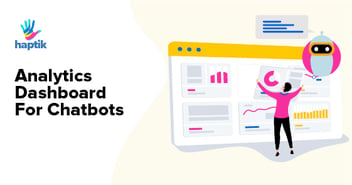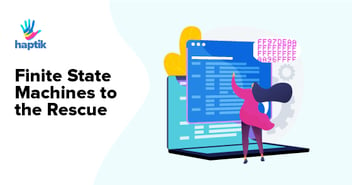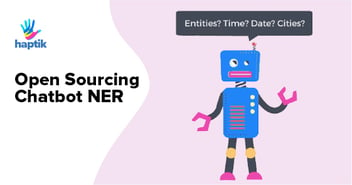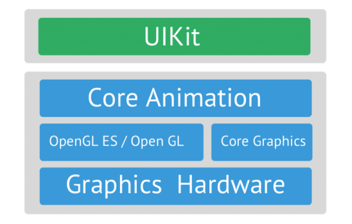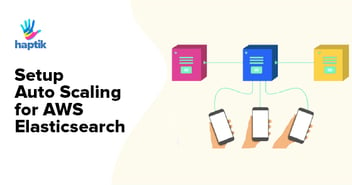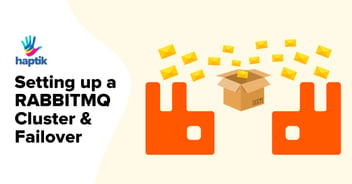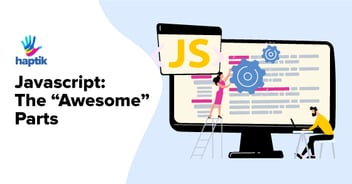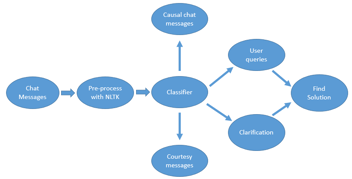Chatbot Security: 13 Considerations for SaaS Chatbot/IVA Assessment (Checklist Included)

Building on our previous blog about Chatbot Security, we have developed a comprehensive approach to assessing the security of Chatbots. It is important to recognize that Chatbots have evolved from simple FAQ tools to integral components of comprehensive customer experience (CX) platforms. These advanced chatbots now manage critical business functions such as customer support, relationship management, customer acquisition, and even transactions.
To help businesses choose a chatbot vendor that meets stringent requirements, we have outlined key security considerations essential for evaluating any SaaS-based Chatbot or Intelligent Virtual Assistant (IVA) platform.
At the end of this article, we have also provided a detailed Checklist to help you in performing the Chatbot security assessment.
- Secure Data Storage: Ensure that all data, including consumer information, business data, and chat transcripts, is stored securely using the latest industry-standard encryption techniques. Robust encryption at rest is critical to prevent unauthorized access.
- Secure Data Transmission: Verify that all communication between users and the chatbot is encrypted using strong encryption protocols like TLS 1.2 or 1.3. This is essential to protect sensitive information during transmission.
- Sensitive Data Security: For chatbots handling sensitive data (e.g., Personally Identifiable Information (PII), Protected Health Information (PHI), Payment Card Information (PCI)), ensure that data masking, field-level encryption, and other relevant security controls are implemented.
- Authentication and Authorization: Ensure the chatbot employs secure authentication mechanisms to verify user identities, such as multi-factor authentication (MFA). Implement proper authorization controls to restrict access based on user roles, adhering to the principle of least privilege. Confirm that the chatbot platform is built on a role-based access control (RBAC) model.
- Secure Chatbot Platform & APIs: Verify the security of the chatbot platform through independent third-party security validations, such as Vulnerability Assessment and Penetration Testing (VAPT) reports. Ensure that any interactions with external services or APIs are secure, with proper authentication and regularly audited by independent security assessments.
- Uptime, Scalability, and Resilience: Given the chatbot's role as a CX tool, service continuity is paramount. Ensure that the chatbot vendor commits to an uptime that meets your business needs (e.g., 99.9%). The chatbot should be hosted in Tier-3 or higher-rated data centers, leveraging cloud providers like AWS or Azure. Confirm that the chatbot platform uses high-availability, auto-scaling components, and failover mechanisms to ensure uninterrupted service. Evaluate the platform's Recovery Time Objective (RTO) and Recovery Point Objective (RPO) to ensure they align with industry best practices.
- Privacy Compliance: Ensure that the chatbot complies with applicable privacy regulations (e.g., GDPR, HIPAA, PDPA, CCPA, DPDP) when handling personal or sensitive information. Verify the implementation of key privacy principles such as user consent, data subject rights, and data minimization.
- User Permissions: Confirm that the chatbot adheres to the principle of least privilege, granting users and components only the minimum access necessary for their functions. This minimizes potential attack surfaces and enhances overall security.
- Secure Development Practices: Verify that the chatbot vendor follows secure coding practices throughout the development lifecycle to minimize vulnerabilities. Ensure they regularly update and patch any third-party libraries or frameworks used in the chatbot.
- Monitoring and Logging: Ensure the chatbot platform has comprehensive monitoring and logging capabilities to detect and respond to security incidents promptly. Regular log reviews should be conducted to identify any suspicious activities and to maintain a proactive security posture.
- AI & LLM Security: Ensure the Chatbot platform is built on a secure AI system. Key considerations include data ownership and access, data security, data residency, model security, PII filtering, and the use of an AI gateway or proxy. If the Chatbot is integrated with publicly available AI models, it's also crucial to assess which model or service is being used.
You might want to read: A Guide to Crafting Effective Prompts for Enhanced LLM Responses - Compliance with Industry Standards: Ensure the chatbot complies with industry-specific security standards relevant to your domain, such as PCI DSS for payment processing or ISO 27001 for information security management or even HIPAA for healthcare and patient-data processing.
- Breach Response and Recovery Capabilities: Assess the chatbot vendor's commitment to breach response, including Service Level Agreements (SLAs) for incident response times, and review their past cyber-incident history. Verify the availability of cyber insurance and assess the vendor's recovery capabilities, including RTO and RPO commitments.
Integrating chatbots into business processes requires a thorough approach to security and privacy. Engaging security experts to perform comprehensive assessments and ongoing evaluations of a chatbot's security posture is critical. Whether you are currently using a chatbot or planning to implement one, regular security evaluations are essential to protecting both your business and customer data in the constantly changing cybersecurity landscape. To further assist businesses in assessing their existing chatbots or choosing a new vendor, we have developed a detailed Chatbot Security Assessment Checklist.
Also Read: Securing PII Data at Scale









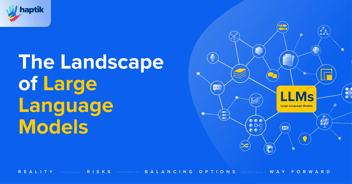
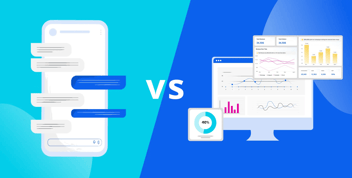
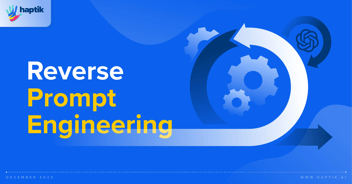

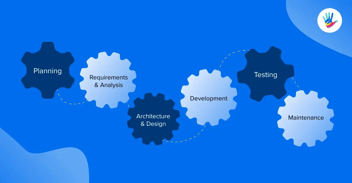
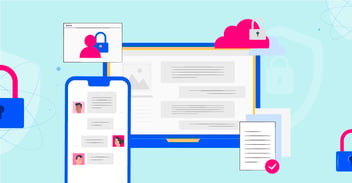
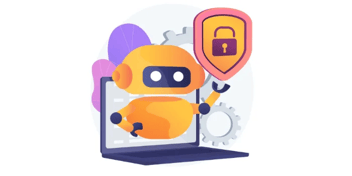

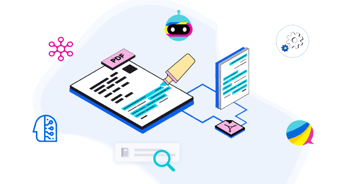
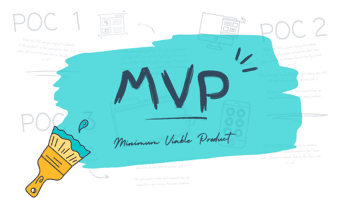

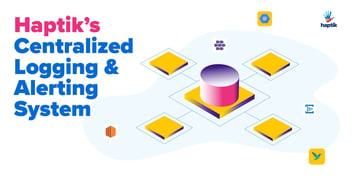
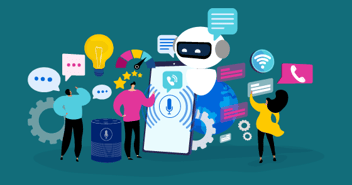

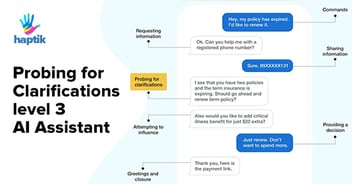
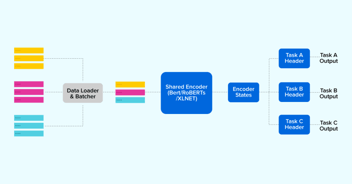

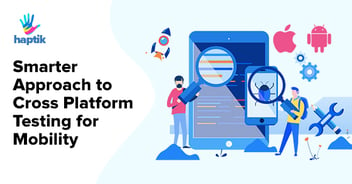

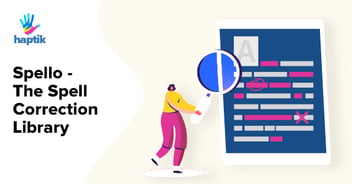
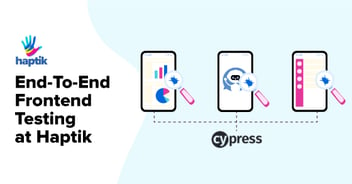
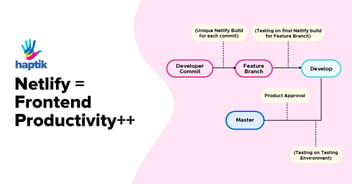

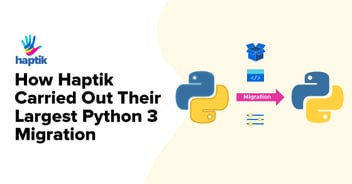
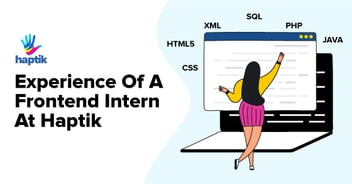
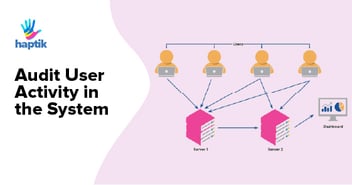
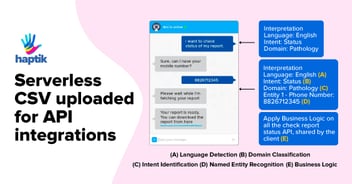



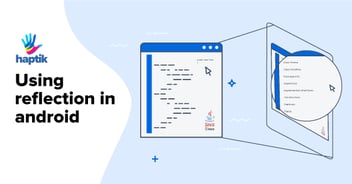
.webp?width=352&name=Charles-Proxy%20(1).webp)
